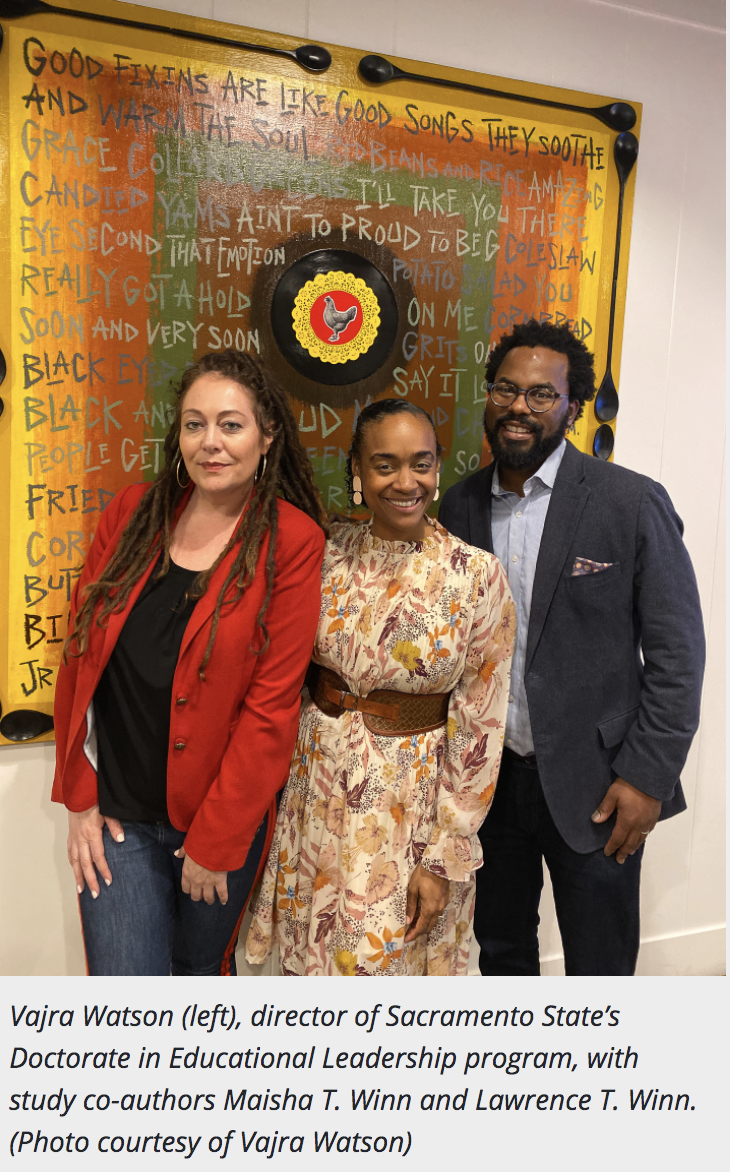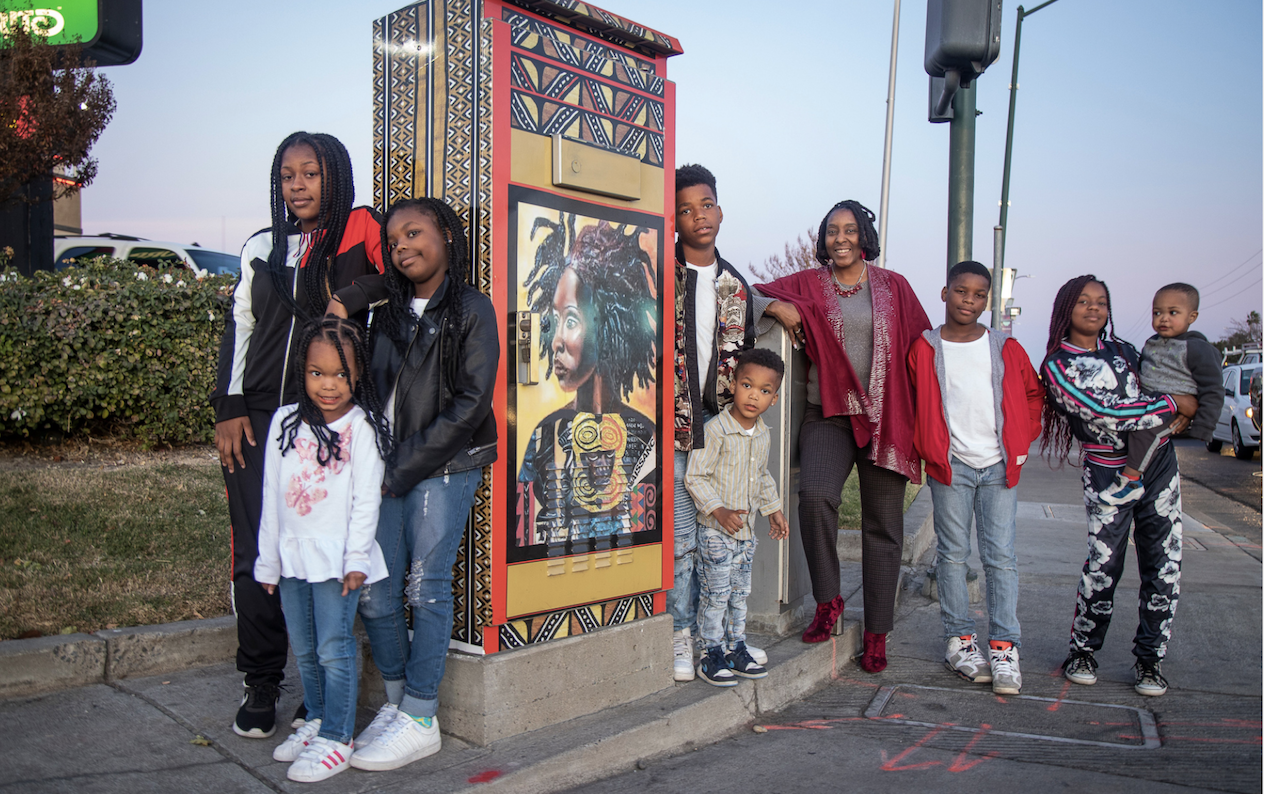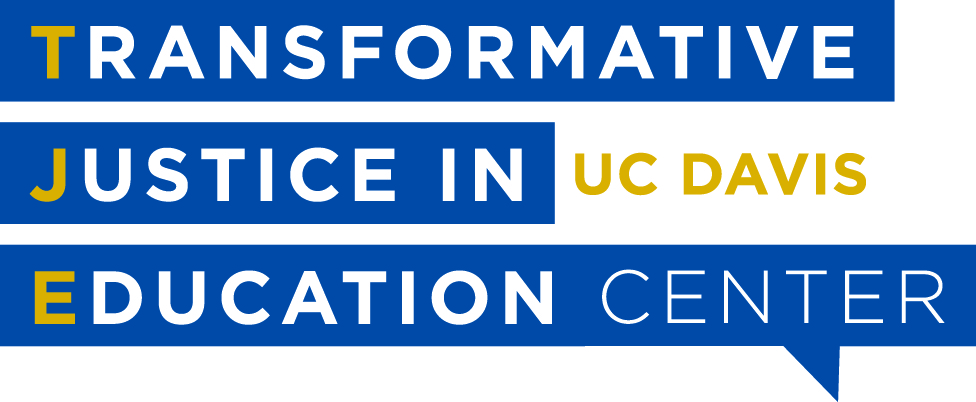
Study Focused on Black Children in 7 Sacramento Neighborhoods Shows Health Improvements Pushing Back Longstanding Racial Inequities (By Karen Nikos-Rose on February 26, 2021)
“This evaluation gives insight into effective strategies of how community leaders and organizations in partnership with government and philanthropic entities create change,” said Torry Winn, who was co-author of the study. “There were many challenges to overcome; however, hope for better futures was the driving force.”
Maisha Winn called BCLC’s efforts a “progressive forward-thinking approach. The campaign is multi-layered, deep rooted, and a collaboration of elders, youth, educators, coaches, clergy, police, elected officials and nonprofit leads.”
“It was a matter of lifting up the people who had been doing the work for generations, and then increasing their capacity to execute the solutions,” Watson, of Sacramento State, said.
A new study, co-authored by University of California, Davis, and Sacramento State University researchers, shows how a campaign built on community-driven solutions, grassroots leadership and targeted resources has improved the health and lives of Black children, pushing back against the effects of longstanding racial inequities.
The two-year study considered the effectiveness of a regional effort to reduce preventable deaths among Black children, evaluating the impact of the Black Child Legacy Campaign, or BCLC, in seven Sacramento neighborhoods. It clearly illustrates how policymakers and communities must work closely to enact systemic change, co-authors said.
Commissioned by The Center at Sierra Health Foundation, the study is meant to develop further understanding of how a community addresses and ameliorates longstanding racial inequities in health. The BCLC was launched following a report showing that Black children in Sacramento County died at twice the rate of any other ethnicity. Researchers closely assessed the BCLC, credited with reducing the rate of Black child death in the Sacramento region by 30 percent from 2014 to 2018, to determine why the work has succeeded and offer guidance to other cities across the nation.
Continue reading the article here:
Read the evaluation here:
BCLC_Strategy_Evaluation_February_2021_1.pdf



